

It was announced last week that Rolex is to increase production of its luxury watches, in a bid to keep up with soaring global demand.
The move comes as Rolex timepieces have been tricky to buy from the manufacturer and its authorised dealers for a couple of years now. The shortage is especially apparent with sought-after pieces like the Daytona and Submariner (pictured below). But even models that are usually considered to be more accessible, like the Datejust, are also feeling the pinch.
It had been speculated in some quarters that Rolex was intentionally restricting supply in a bid to drive up demand, and therefore prices, on the secondhand market.
- Best Rolex 2023: how to choose the perfect Rolex to suit your lifestyle
- Find the best watches under £1000
Now though, it looks like Rolex production will increase and the bottlenecks should begin to relax. The company had already planned to build a new production site, but before that is complete it will now create three temporary facilities to help boost its output.
According to Bloomberg, the three temporary sites will begin producing watches in 2025, ahead of the permanent new facility, to cost £900m, that will come on-stream in 2029. As Hodinkee explains: “This is not a sudden decision by Rolex but rather the first step in a much larger, and long-planned process”.
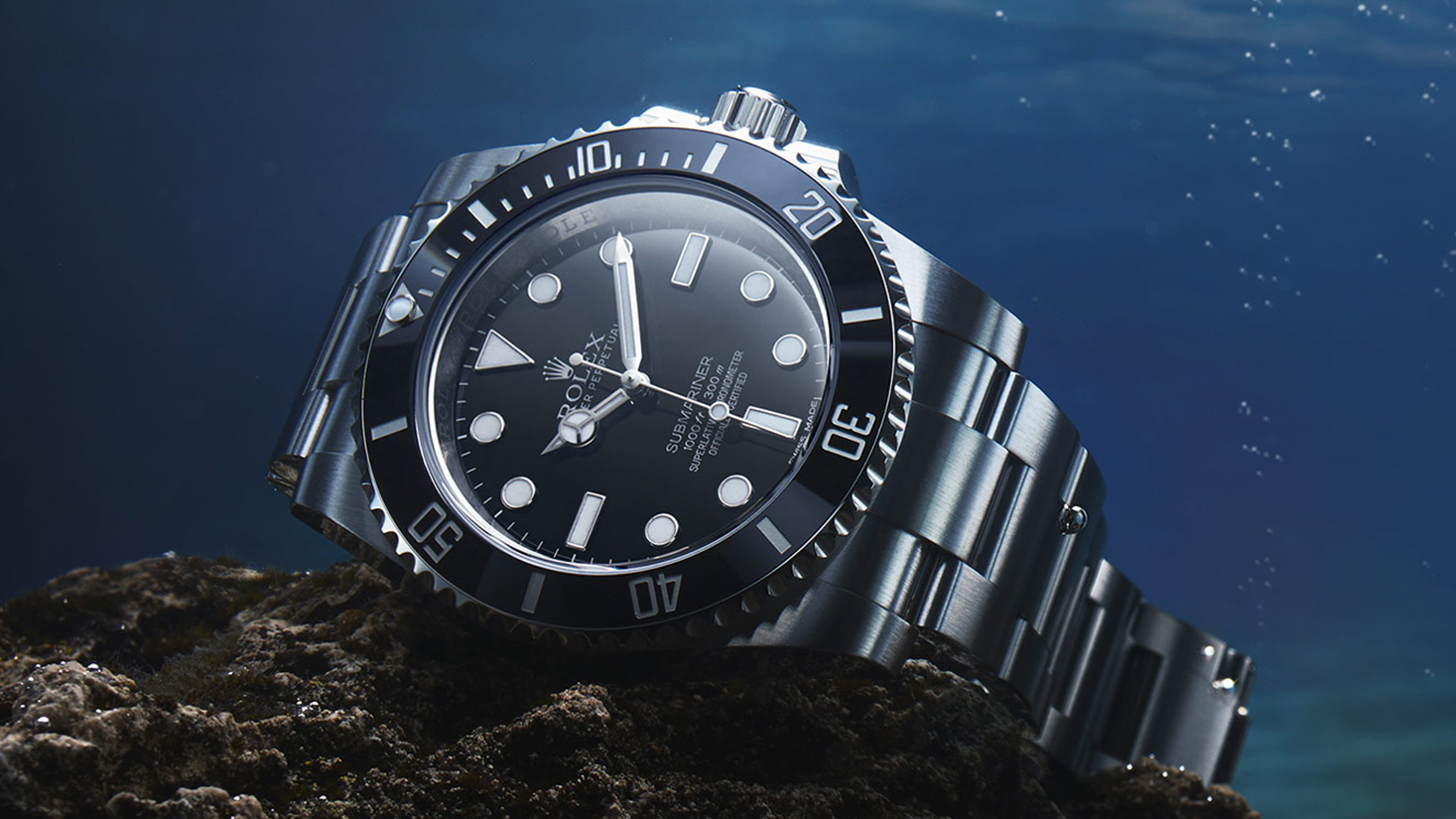
It's also understood that, while no doubt useful for increasing demand, the production bottlenecks we've seen in recent years are far from intentional. They might increase the value of second hand Rolexes, but that doesn’t help a company trying to sell newly-built ones at their standard retail price.
This is good news for just about everyone. It is clearly a sign that Rolex demand remains strong, but also means customers unable to buy one today should see availability of the hard-to-get models improve in the coming years.
Sign up to the T3 newsletter for smarter living straight to your inbox
Get all the latest news, reviews, deals and buying guides on gorgeous tech, home and active products from the T3 experts
It’ll be a slow change, and is unlikely to cause the secondhand market to crash any time soon. But it at least means those who want to buy a new Rolex at retail price (and keep it rather than flip it) will be able to do so more easily later this decade.
As for how many new Rolexes will hit the market annually from 2029, we can’t say just yet. It is widely claimed that Rolex currently produces about one million watches annually. This will surely increase, first with the three temporary facilities, then with the major new plant and its expected 2,000 staff, sometime after.
Alistair is a freelance automotive and technology journalist. He has bylines on esteemed sites such as the BBC, Forbes, TechRadar, and of best of all, T3, where he covers topics ranging from classic cars and men's lifestyle, to smart home technology, phones, electric cars, autonomy, Swiss watches, and much more besides. He is an experienced journalist, writing news, features, interviews and product reviews. If that didn't make him busy enough, he is also the co-host of the AutoChat podcast.
-
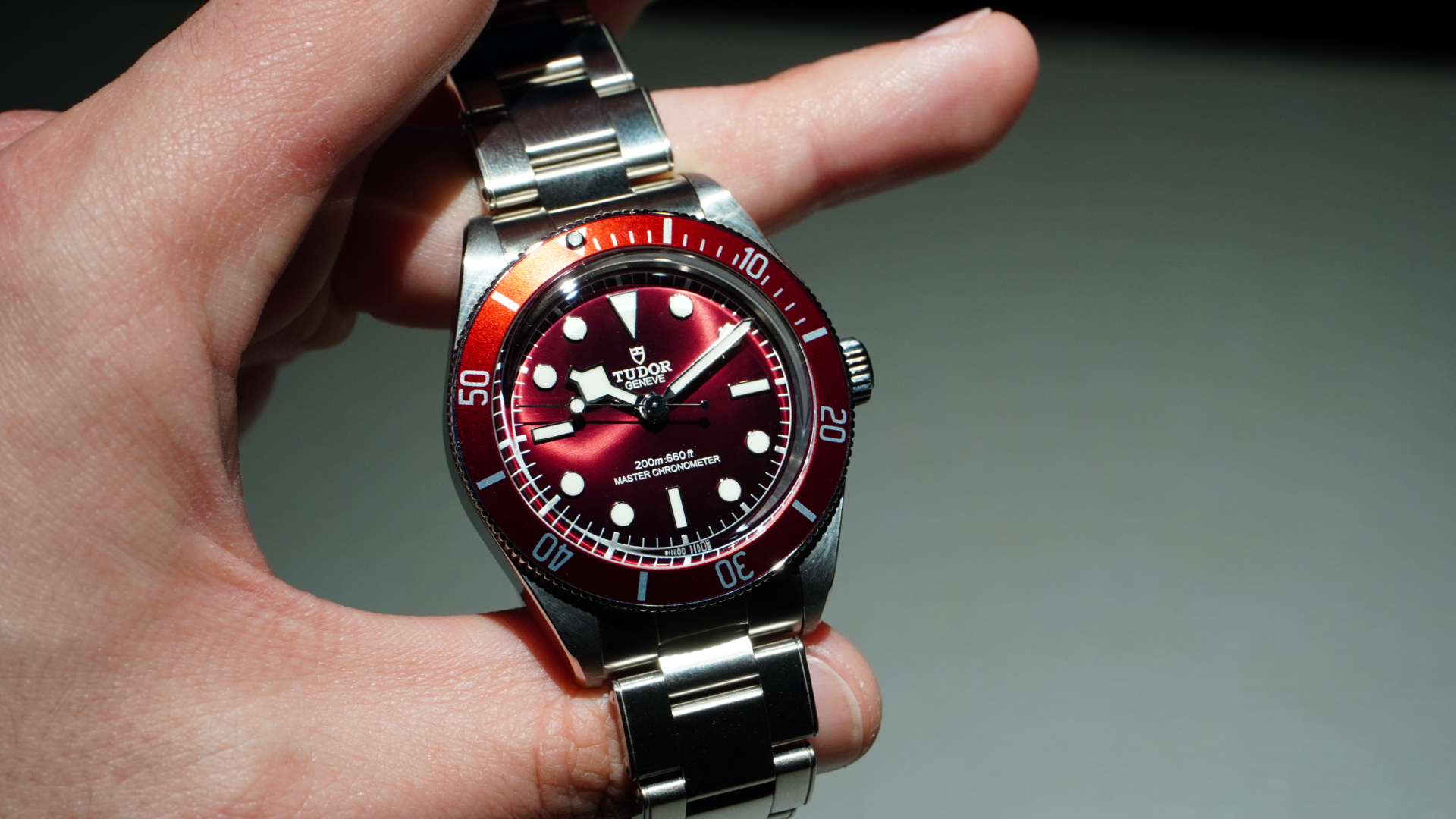 I tested every new Tudor at Watches and Wonders – my favourite caught me by surprise
I tested every new Tudor at Watches and Wonders – my favourite caught me by surpriseThe Rolex sister brand had a lot to offer
By Sam Cross Published
-
 Warning: Ciele’s refreshed Elite Collection may cause excessive garment envy on race day
Warning: Ciele’s refreshed Elite Collection may cause excessive garment envy on race dayFlex on your run crew with Ciele’s latest drop
By Matt Kollat Published
-
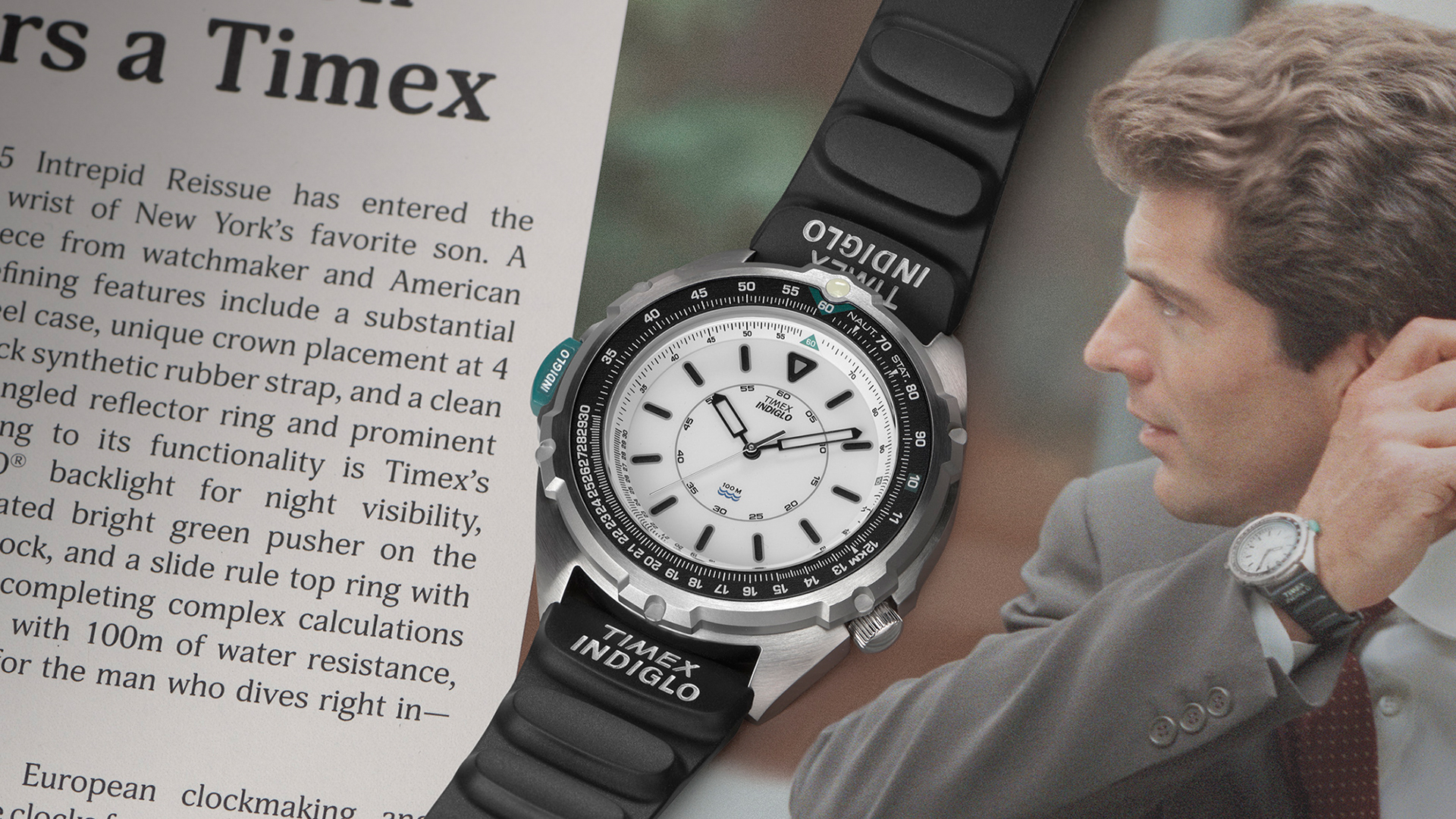 Party like it’s 1995 with this iconic reissue from Timex
Party like it’s 1995 with this iconic reissue from TimexA sailing watch favoured by JFK Jr. is back on the scene
By Alistair Charlton Published
-
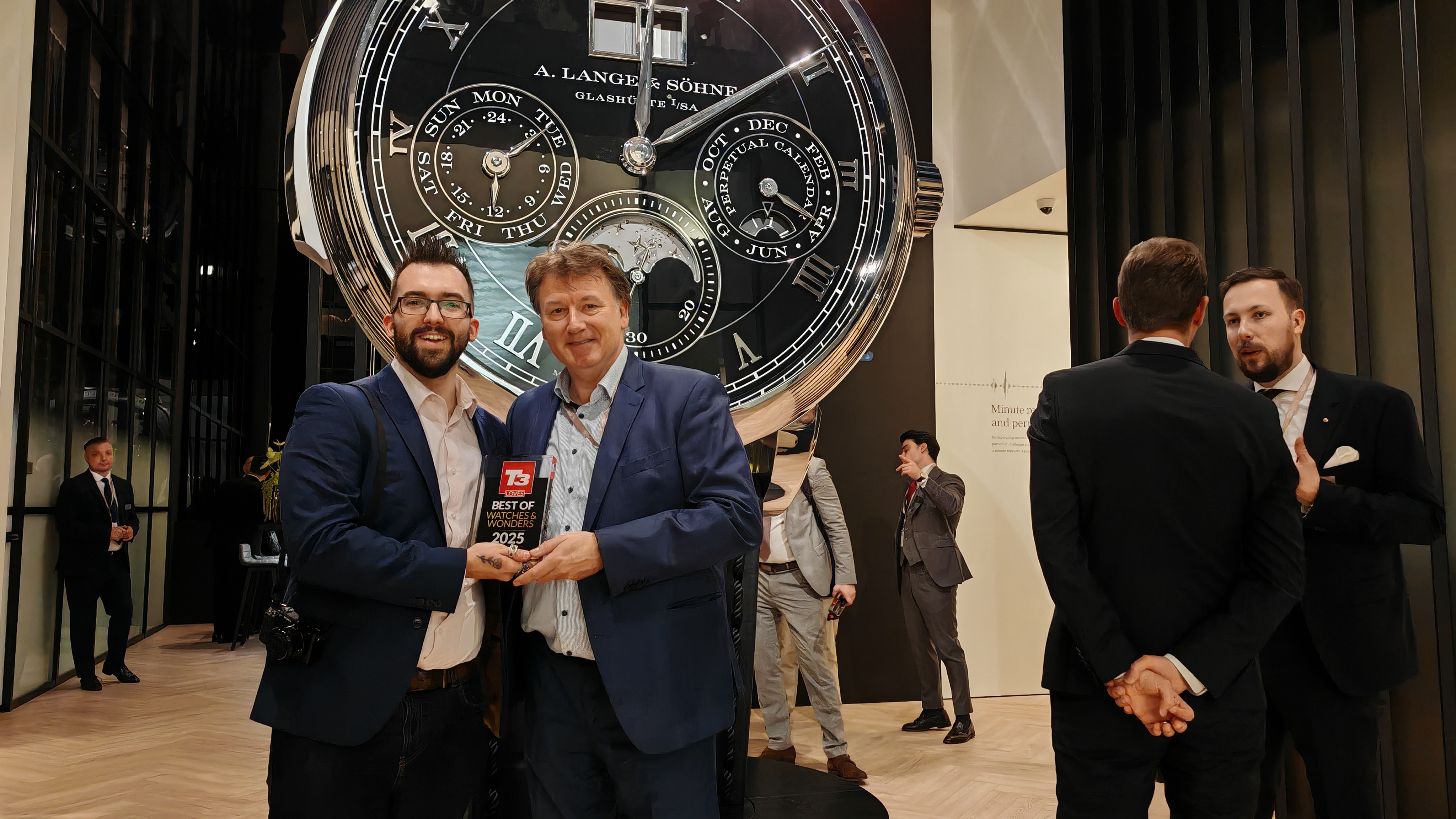 T3's Best of Watches and Wonders 2025 Awards
T3's Best of Watches and Wonders 2025 AwardsHere are the winners from Watches and Wonders 2025 Awards, as chosen by T3's watch experts
By Sam Cross Last updated
-
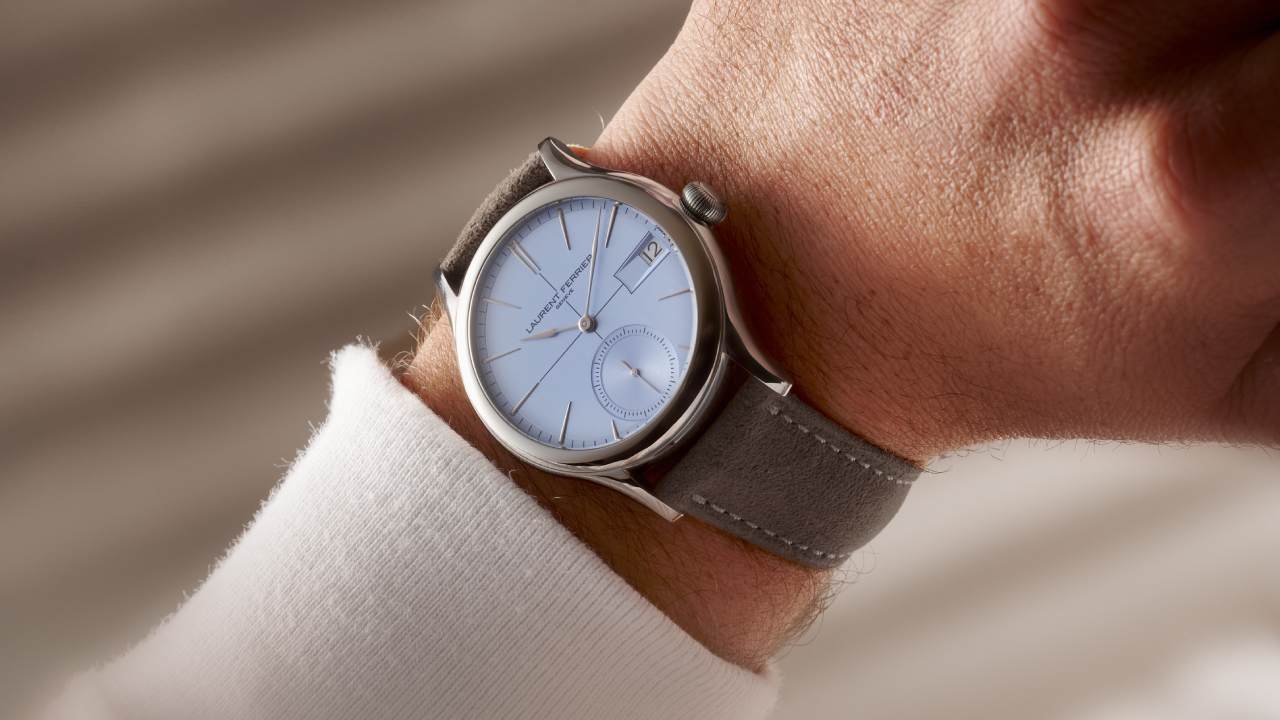 Laurent Ferrier upgrades its Classic Auto watch with stunning blue dial
Laurent Ferrier upgrades its Classic Auto watch with stunning blue dialLaurent Ferrier’s latest novelty might be my favourite from Watches and Wonders
By Bethan Girdler-Maslen Published
-
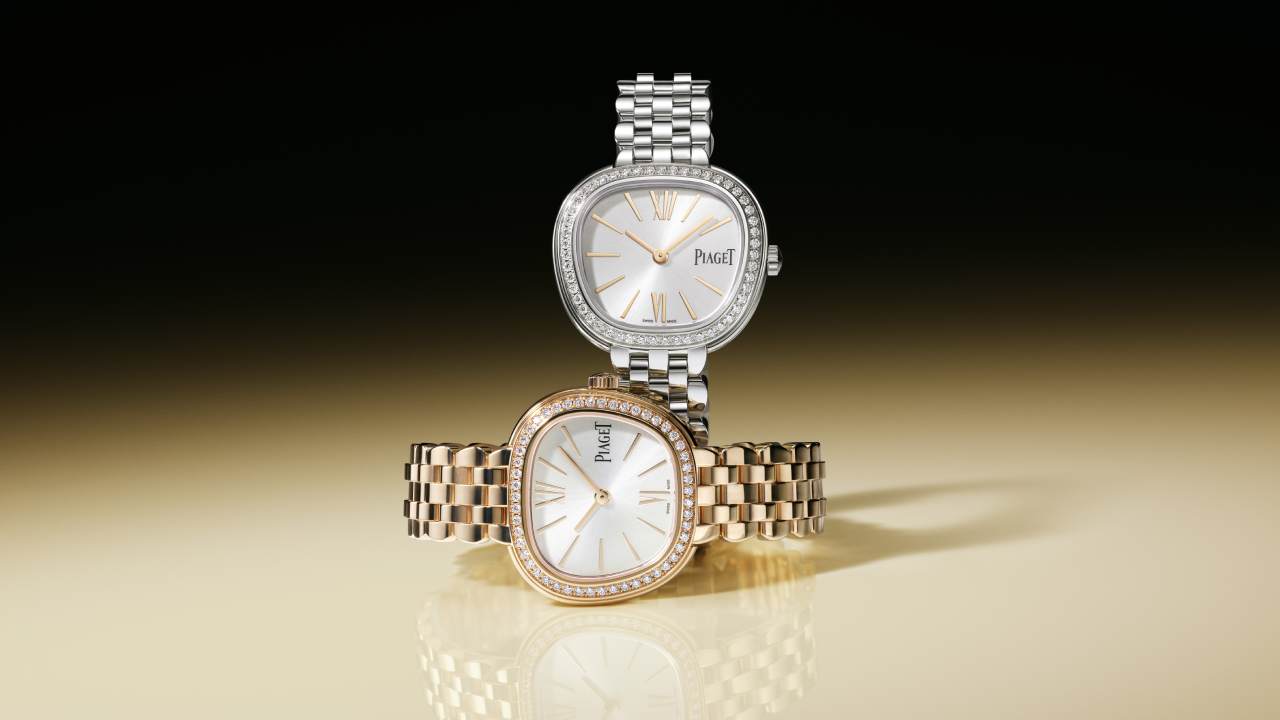 Piaget goes for gold with new Polo 79 and Sixtie novelties at Watches and Wonders
Piaget goes for gold with new Polo 79 and Sixtie novelties at Watches and WondersPiaget has a theme for Watches and Wonders 2025 – gold!
By Bethan Girdler-Maslen Published
-
 This Grand Seiko is one of the most accurate watches we've ever seen
This Grand Seiko is one of the most accurate watches we've ever seenGrand Seiko’s new watch is accurate to an astonishing ±20 seconds per year
By Alistair Charlton Published
-
![Ulysse Nardin Diver [Air]](https://cdn.mos.cms.futurecdn.net/nVs6TDSsKaQ8vcLzvgEqQK.jpg) Ulysse Nardin debuts the lightest mechanical dive watch ever made
Ulysse Nardin debuts the lightest mechanical dive watch ever madeWatches and Wonders sees Ulysse Nardin mark a pretty big milestone
By Bethan Girdler-Maslen Published
-
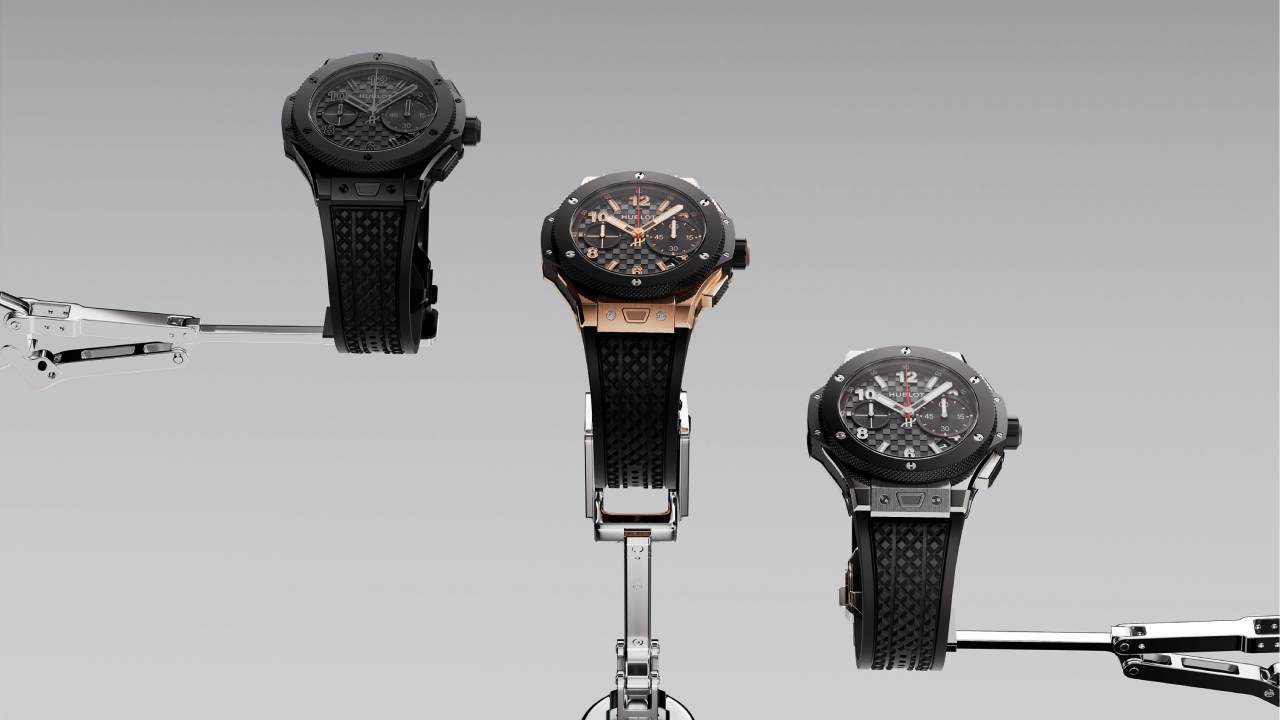 Hublot celebrates 20 years of the Big Bang with tons of colourful, ceramic watches
Hublot celebrates 20 years of the Big Bang with tons of colourful, ceramic watchesHublot has outdone itself with its Watches and Wonders novelties
By Bethan Girdler-Maslen Published
-
 Rolex Land-Dweller is the Crown’s headline act at Watches and Wonders 2025
Rolex Land-Dweller is the Crown’s headline act at Watches and Wonders 2025There’s a new must-have Rolex in town, and it’s called the Land-Dweller
By Alistair Charlton Published